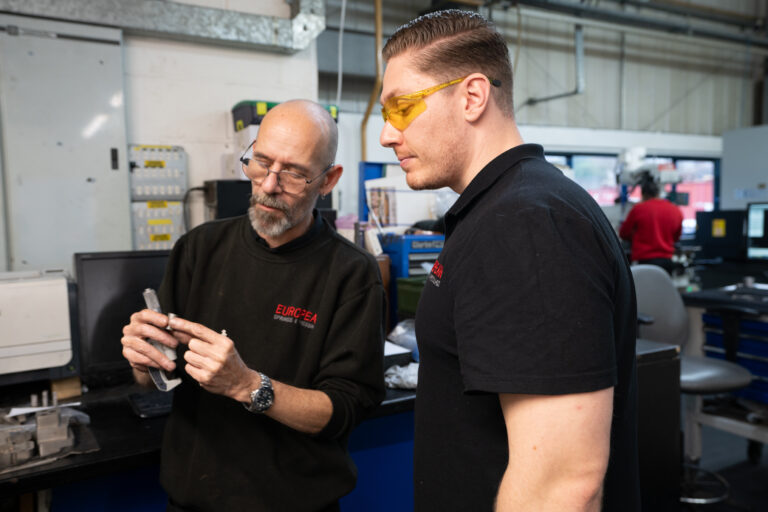Home › Custom Springs
Springs have been used for many years and remain vital in modern engineering. Despite their simple construction of being made from a single wire, the ingenious design of a spring means it can store mechanical energy and provide essential elasticity. Whether in mobile phones, motor vehicles, mattresses, garage doors, or industrial robots, springs keep modern mechanisms running smoothly.
Their ability to be compressed or stretched—with the force exerted depending on the change in length—makes them remarkably versatile. While most springs are made from steel, we frequently use alloys such as Hastelloy and Inconel to deliver a higher quality, extra-durable product suited to challenging environments.
Although many envision a typical helical spring, there are several types to suit different applications:
Compression springs They are among the most versatile springs, large or small, at some point…
Torsion springs are a type of coiled spring that work via a rotational motion known as torsion…
Extend under load, commonly used in seating mechanisms and retractable devices...
Expert Clock Spring Manufacturers We design and manufacture friction-free clock springs…
Compression springs They are among the most versatile springs, large or small, at some point…
Wave springs As leading spring suppliers, we boast an extensive spring catalogue tailored…
Die springs Here at European Springs, we have engineered our die springs to give…
Our motor springs are made of stainless steel and have a long fatigue life dependent…
Disc springs Our engineers will tailor this spring’s dynamics to be either linear or…
Spring clips are regularly used in retaining and clamping applications as their strong gri…
Unlike regular coiled springs, gas springs work due to a piston action within a high-pressured gas cylinder…
We can manufacture every shape and size of suspension spring for all motorsports, including motorcy…
Our state-of-the-art facilities use advanced CAD, CAM, and specialised techniques to ensure every spring meets our high standards. With a production capacity of over 3,000,000 components an hour, we maintain an extensive spring catalogue of over 700 standard products while also offering bespoke designs to meet specific requirements. Finishing processes like powder-coating and shot-peening further enhance durability.
From the electric and electronic sectors to motors, offshore installations, pharmaceuticals, and military, our springs support a wide range of industries. Whether you need a standard solution or a custom-designed spring, our expert team is dedicated to delivering the right product for your application. For more information or to discuss your requirements, please get in touch or call us on 0208 663 1800.

And even if we don’t have exactly the tool we need, European Springs’ in house technology enables us rapidly to design and make complex tools, allowing us to offer more competitive prices.



© Copyright 2025 | European Springs
Designed, Promoted and Powered by SQ Digital